Rajeshwar Awatramani
Lead PI (Core Leadership)
Northwestern University (Chicago)
Rajeshwar Awatramani, PhD, is a Professor of Neurology at the Northwestern University Feinberg School of Medicine. He received his PhD from the University of Pennsylvania and completed his postdoctoral training at Harvard University. The focus of his research has been the development and diversity of dopamine (DA) neurons. His lab has described the floor plate origin of DA neurons and is continuing to explore how floor plate progenitors are subdivided to give rise to the diverse adult midbrain DA neuron system.
His lab also focuses on understanding DA neuron diversity. Using single cell profiling, his lab revealed the presence of putative DA neuron subtypes. To decipher the functional basis of DA neuron heterogeneity, Dr. Awatramani has developed a powerful set of intersectional genetic tools to access DA neuron subtypes and has found anatomical and functional heterogeneity even within a single anatomical cluster like the substantia nigra.
Recent ASAP Preprints & Published Papers
Molecular and spatial transcriptomic classification of midbrain dopamine neurons and their alterations in a LRRK2G2019S model of Parkinson’s disease
Molecular heterogeneity in the substantia nigra: A roadmap for understanding PD motor pathophysiology






